|
|
|
Krishnapriya C. P.
|
|
|
|
|
|
|
|
|
Implicated Being, Being Implicated
Spectrum of Intense Geographies
Zakkir Hussain
Where does the body begin and where does it end?
How does the body get mutilated, compartmentalized, arranged and
absorbed within a social framework?
How do boundaries dissolve and at the same time get defined?
Zakkir Hussain in his painting maps the presence of the
fragmented body as an embodied existential question, as experiential
traces posed to audiences. The body here is at times an image
representing reality, a metaphoric poetry, and at times a hybrid form.
It is mutilated, compartmentalized, arranged and absorbed on the painted
surface. The presence and disappearance of the sacrificial gestural
body, or many a times the sacrificed limb itself, constructs a
stratified terrain, to be navigated by the onlooker, well aware of
occupying an already existing body that is unknowingly implicated. One
is compelled to ask who then is the narration about? Can I safely
distance myself or am I also implicated?
Hussain here has built steady layers resonating his
state. The emerging physicality of the accumulated layer also
registering a performative act, the act of making the surface, drawing,
painting and repainting. The alternating compelling acts of assertion
and the efforts of erasure, manifest as reenforced rhythmic patterns
conjuring worlds of violence and forced silence, of narratives and
preordained in articulations. As prophecies of the inevitable, as
unambiguous disclosures of vulnerable subsistence in peripheral
fractions voicing testimonies of muted resistance.
Hussain leads the well-prepared onlooker into a labyrinth
of uncertainties. A treacherous route is presented as a spectrum of
intense geographies to be traversed. Worlds within worlds, maps within
maps, here one has to also repeatedly encounter barricades. An expanse
of ridged and uncompromising architectures, maybe referring to the
corporeal restrictions taxed on given and chosen identities. As much as
Hussain is interested in arranging visual metaphors he also lucidly
invokes emerging meanings, compelling one to revisit and reimagine the
presented imagery.
The enigmatic aesthetics that transpire from the residues
of the embodied emotions manifest as panels, arranged in a sequence
opening up as an intricate web holding a cosmos of pieces reflecting a
complex interiority. Hussain’s interrogation is about the ‘self’ and it
is perhaps in relation to the hostile and precarious state of how
memories of histories are manifested in assembling the present.
Fragile Blueprints
Rashmimala
Rashmimala is a delicate observer, responding and
documenting the most significant details of life that build our natural
worlds. Taking after the compositional aesthetics of botanical drawings,
her works are presented as suspended theatrical specimens. These
individual components of a collective ecosystem are arranged as fragile
blueprints laid out as intricate chronicles of unusual narratives.
The body of work that she has generated over a span of
time, charts out a fragile interconnectedness between the natural world
and the acquired knowledge systems developed around it. A small part of
this body is presented here as a distilled collection. In many ways this
collection locates a region, identifying some of its wild plants or
‘minor local plants’ as Rashmimala refers to them. All the works here
are an outcome of a recent Artist Residency that she was engaged in with
The Guild Art Gallery.
Plants together make up the most closely associated
kingdom for human beings, as one of the biggest harvesters of their
various benefits, as nutrition, as medicine, as domesticated companions
and as potential restorers of devastated ecosystems. The knowledge that
we collectively have about plants is extensive, but do we really know
everything about them? By choosing how we want to relate with them we
can learn more about them and they about us, in the most empathetic
manner. Here Rashmimala’s artistic research unfolds intimate narratives,
attentive relationship building and the delicate overlaying of mediums.
She has embraced an inseparable bond with a otherwise negligible species
of plants, largely seen as weeds.
Rashmimala has developed her process by studying and
familiarizing herself with the early botanical drawings by manuscript
makers and colonizers, who intensely documented fauna and flora.
Botanical drawings were not always only developed for the purpose of
documenting or as knowledge banks for extraction, they were through
history also painted to register intense beauty, as accounts for
observing the ‘world around’ with a ‘creative’ spirit.
In a similar spirit, the artist here becomes a discoverer
of secretive worlds, of life, relationships and sharing.
The Residues of War
Shadi Ghadirian
Shadi Ghadirian’s photography investigates dimensions of
violence and the ways in which it has settled into the ‘everyday’. Her
frames roll out as scenarios that are seemingly comfortable, familiar
and at times altogether too common. But perhaps they are blind spots
that we often miss out on, a step closer, a second look invites us to
notice the inlaid subtlety that suddenly becomes visible. Then it is no
longer an acceptable image that one can pass by lightly. Photography
here reasserts itself as an indisputable witness, even in the case of
staged photography, also silently playing a part in the act of record
making.
In her series Nil Nil, she stages characteristics
of domesticity, further reenforcing the notion of a powerful dominant
sphere. The domestic is already a way to stringently control the woman’s
body by setting rules, stereotyping gender roles and validating
hierarchies. Nested within these imposing predictable scenes, reside the
residues of war. As menacingly distinguished masculine experiences,
embodied by objects that can and have performed in the war field. Their
gloomily silence invokes a sense of dark humour that is reminding one
the inevitability of these dire circumstances.
Shadi’s My Press Photo series are a variant of the
staged photographs, digitally manipulated, they are a preview into a
surreal world of live action. She has juxtaposed scenes of violence with
the old face shot photographs used for identifying uniformed soldiers.
As young army men lined up for formal military service, they are not
completely innocent and perhaps cogs in the larger machinery. As much as
they are static and unrecognizable in the thousands, they play a
significant role in the narrative that is being played out. The looming
questions that arise are, is the hunter being hunted? Who here is the
victim?
Qajar,
is the series Shadi is most known for, developed when she was staring to
explore photography. Inspired by the early photographs of the royalty of
Iran, in particular the extensive documentation of the court women, she
ventured to ‘play’ with staged photography. Shadi’s inquiries in
photography have centred the gendered body, carrying prior accusations
imposed on the inevitable state of existence. She explores these
challenging realms, where the unspeakable dominates the narrations, with
humour, playfulness, inserting the power of hope.
Grammar of Practice
Gulammohammed Sheikh
How do artists engage with the notion of collecting? What would a
collection mean in their grammar of practice? What would this collection
be? How does this collection become a reserve, an archive, that the
artist can repeatedly revisit? How do these various sources manifest in
a creation? These are questions that emerge when one contemplates on the
complex process of developing an artwork that creators engage with. And
here the nascent source of creative practice unfolds, then what does it
mean for these to be brought into a discussion forum like an
exhibition?
Gulammohammed Sheikh is a keen traveller, the notion of moving from one
place to the other, walking, seeing, observing and internalizing is
central to his practice. And in these ‘travels’ his camera has been an
integral tool, he transverses between mediums, one complementing the
other. The six photographs here are an example of many such series of
photographs he has taken, registering his journeys. As much as these can
be traced as the source material for artists, they do not fully account
for a singular narrative. It is then the moment of capturing the image,
viewing through the view finder, determining the possibilities of the
single frame. These deliberations arise as one wonders about the fact
that a lot of Gulam’s photographs remain as a collection of negatives,
yet to emerge from hibernation.
As a glimpse into the collections he has meticulously built over the
years, particularly from his early travels, the artist here becomes a
receptive individual developing personal methodologies for collecting,
as a practice, as critical thinking.
A Paradoxical State
Ram Rahman
In the series Sites of Conflict, photographer Ram
Rahman, ruminates on distinct moments in the history of nation building.
He traces the grand symbols of a liberal nation in the making, embracing
post-independence and post-colonial presence and influences. Centring
the architectural landscapes that emerged as outcomes of such assertions
that were laden with imaginations of inclusive futures. These encounters
are mapping a trajectory of personal narratives shaping the notion of a
shared commons. The physicality of a place that has layered and embedded
stories is resurrected in Ram’s atlas of reminiscences.
He also cautiously reminds us that these built shared
manifestations can be manipulated to reflect political disruptions.
These vulnerable buildings were not insular to parallel developing acts
of deliberate erasures, reminding us that the conjured materiality of
objects, buildings, images are in fact storehouses of conflicting
associations often prone to assault based on singular narratives. Built
architecture becomes the body that carries the disfigurements of
history, of people’s memories.
History is a continuum, it is no longer about the past
but is alive in the present as memories that can trigger action. For
this exhibition Ram Rahman has created a montage, of photographs he has
taken along with newspaper cut-outs, printed posters and maps. He has
displayed these as vulnerable insights, also tracing time as an expanded
overlapping notion. Spanning an embedded account of acts and events. The
‘site’ of the architecture here is presented as a remnant of history, as
a reminder of the past, as grand ideas laid for the future, as monuments
and as locations invoking painful recollections.
These juxtaposed images and texts carefully lay out
sitemaps of deep historical fissures. The crumbling grand narratives are
plotted along with individual personal accounts. As subjects of nation
states, our lives are intertwined in irrevocable ways, carrying scarred
memories wherever we go, here Ram is implicated as an active narrator of
a paradoxical state and at times as a passive participant and at times
as a witness in different locations in the world. Then these are no
longer stories of the other, distanced from our mindscapes but
inevitably growing beasts inside of our homes.
© Author and The Guild
|
|
|
|
|
Zakkir Hussain |
|
|
|
|
|
|
|
|
|
|
|
|
|
|
|
|
|
|
|
|
 |
|
|
|
|
|
|
|
Zakkir Hussain, Pages from the desolated landscape,
2020-21, Mixed media on paper, 60" x 124" (Polyptych)
|
|
|
|
|
|
|
|
|
Rashmimala |
|
|
|
|
|
|
|
|
|
|
|
|
|
|
|
|
|
|
|
|
 |
|
 |
|
 |
|
|
|
|
|
Ground I, 2022, Natural pigments with casein, cyanotype on
paper,
21.5 x 29.5 inches |
|
Ground II, 2022, Natural pigments with casein, cyanotype on
paper,
21.5 x 29.5 inches |
|
Dryland, 2022,
Natural pigments with casein, cyanotype on paper, 21.5 x 21.5 inches |
|
|
|
|
|
|
|
|
|
|
|
|
|
|
|
|
 |
 |
|
 |
|
|
|
|
|
In the Backyard I & II(diptych),
2022, Natural pigments with casein, cyanotype on paper,
21.5 x 21.5 inches (each) |
|
Fire in the Backyard II - Neem-Azadirachta, Indica, 2021,
Natural pigments with casein, cyanotype on paper, 21.5 x 21.5 inches
|
|
Fire in the BackyardbII -
Vajradanti-
Barleriaprionitis, 2021, Natural pigments with casein, cyanotype on
paper, 21.5 x 21.5 inches |
|
|
|
|
|
|
|
|
|
|
|
|
|
|
|
|
|
|
|
|
|
|
|
|
|
|
|
|
Shadi Ghadirian |
|
|
|
|
|
|
|
|
|
|
|
|
|
|
|
|
|
|
|
|
 |
|
 |
|
|
|
|
|
|
|
|
|
|
|
|
|
|
|
|
|
|
Shadi Ghadirian, Qajar #22,
1998, Digital print on epson paper,
35.5" x 23.5", edition 2/10 |
|
Shadi Ghadirian, Qajar #15,
1998, Digital print on epson paper,
35.5" x 23.5", edition 3/10 |
|
|
|
|
|
|
|
|
|
|
|
|
|
|
|
|
|
|
|
Gulammohammed Sheikh
|
|
|
|
|
|
|
|
|
|
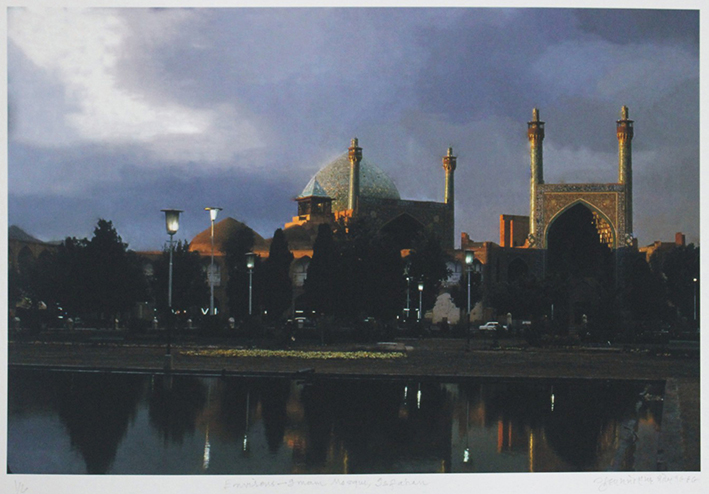 |
|
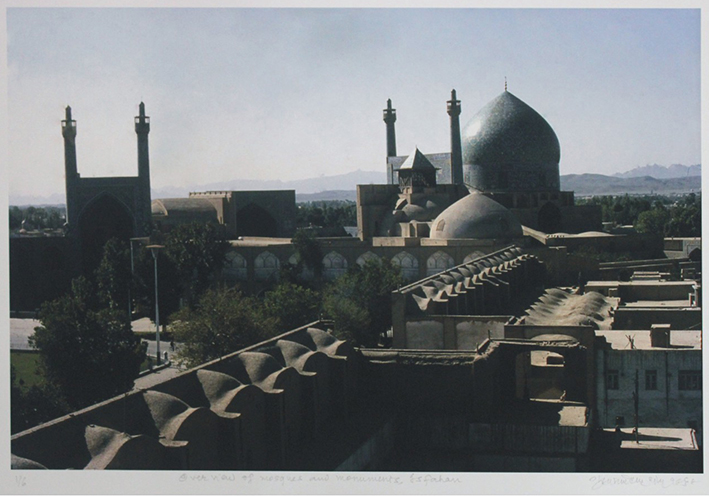 |
|
 |
|
 |
|
|
|
Environs, Imam Mosque, Isfahan, 1969
Archival print on Hahnemuhle photo rag, 10 x 15.5 inches, edition 1/6,
printed in 2022 |
|
Overview of Mosques and Monuments, Isfahan, 1969, Archival print
on Hahnemuhle photo rag,
9.8 x 15 inches, edition 1/6,
printed in 2022 |
|
Royal Mosque, Isfahan, 1969
Archival print on Hahnemuhle
photo rag, 14.5 x 10 inches,
edition 1/6,
printed in 2022
|
|
Inside a Mosque, Isfahan, 1969
Archival print on Hahnemuhle
photo rag,
15 x 10 inches,
edition 1/6,
printed in 2022 |
|
|
|
|
|
|
|
|
|
|
|
|
|
|
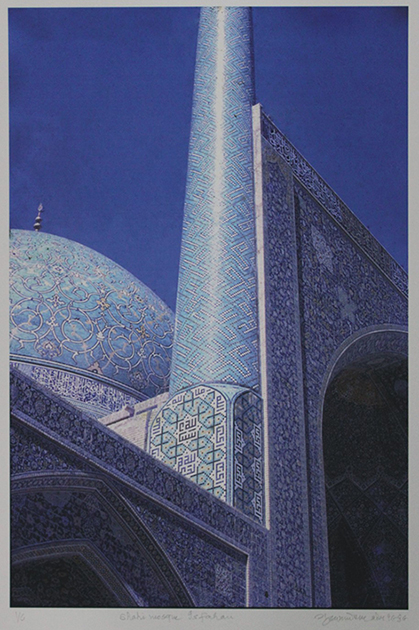 |
|
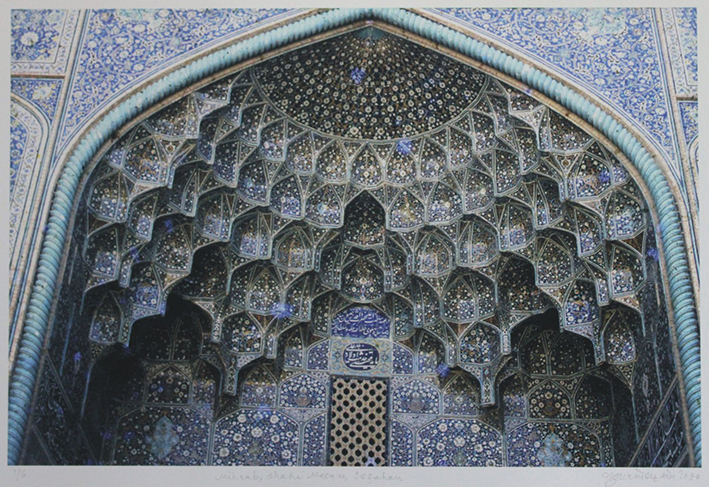 |
|
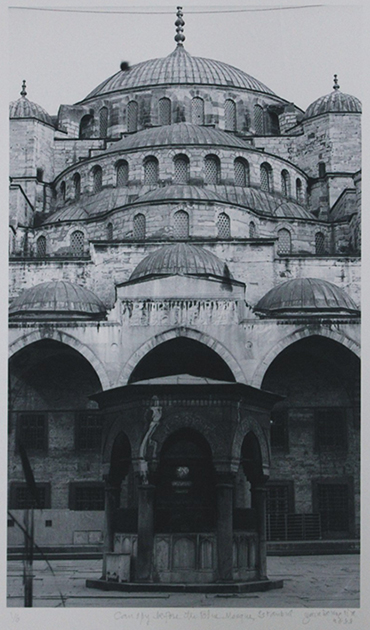 |
|
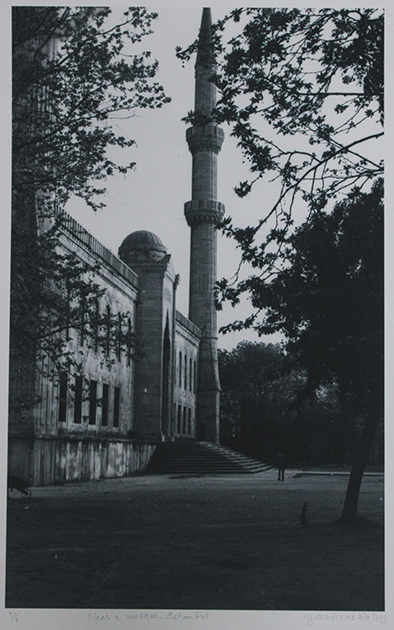 |
|
|
|
Shahi Mosque, Isfahan, 1969
Archival print on Hahnemuhle
photo rag, 15 x 10 inches,
edition 1/6, printed in 2022 |
|
Mihrab,Shah Mosque, Isfahan, 1969
Archival print on Hahnemuhle photo rag, 10 x 15.8 inches, edition
1/6,
printed in 2022
|
|
Canopy before the Blue Mosque, Istanbul, 1966
Archival print on Hahnemuhle
photo rag, 15 x 10 inches,
edition 1/6, printed in 2022 |
|
Near a Mosque, Istanbul, 1966
Archival print on Hahnemuhle
photo rag, 15 x 9.5 inches,
edition 1/6, printed in 2022 |
|
|
|
|
|
|
|
|
|
|
|
|
|
|
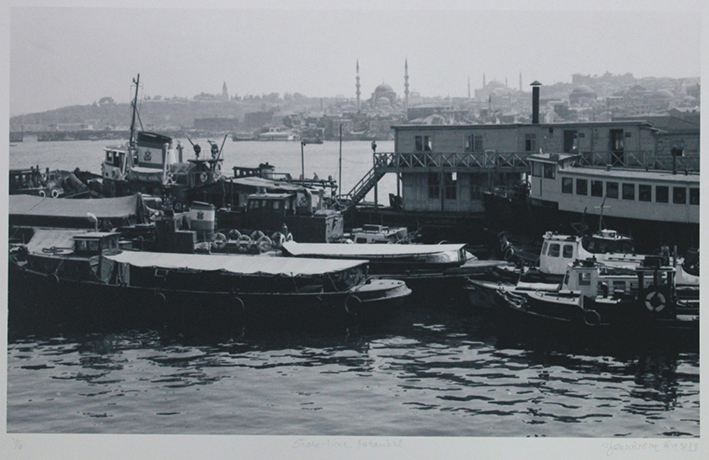 |
|
 |
|
 |
|
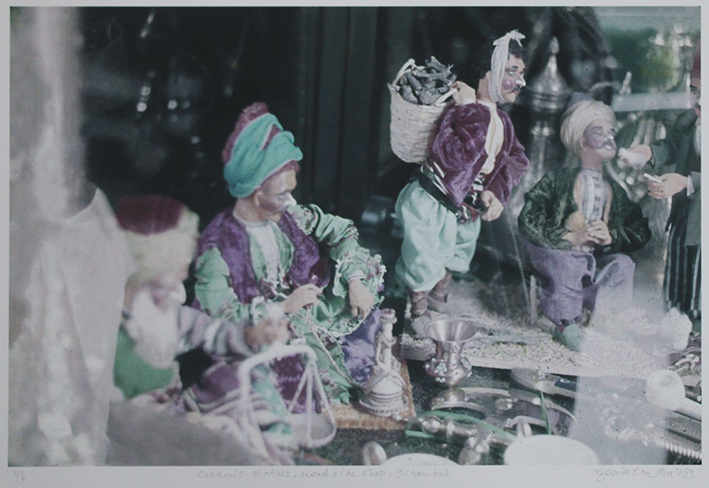 |
|
|
|
Shoreline, Istanbul, 1966
Archival print on Hahnemuhle
photo rag, 10 x 16.5 inches,
edition 1/6, printed in 2022 |
|
Scriptures for sale, Roadside Shop,
Istanbul, 1966,
Archival print on Hahnemuhle
photo rag,
10.5 x 15.8 inches,
edition 1/6,
printed in 2022 |
|
Metalware, Roadside Shop
Istanbul, 1966,
Archival print on Hahnemuhle
photo rag,
15 x 10 inches,
edition 1/6,
printed in 2022 |
|
Ceramic Statues, Roadside Shop,
Istanbul, 1966,
Archival print on Hahnemuhle
photo rag,
10 x 15 inches,
edition 1/6,
printed in 2022 |
|
|
|
|
|
|
|
|
|
|
|
|
|
|
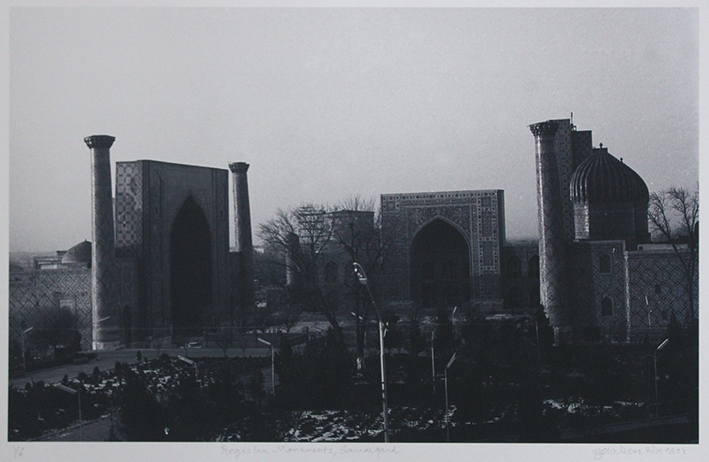 |
|
 |
|
 |
|
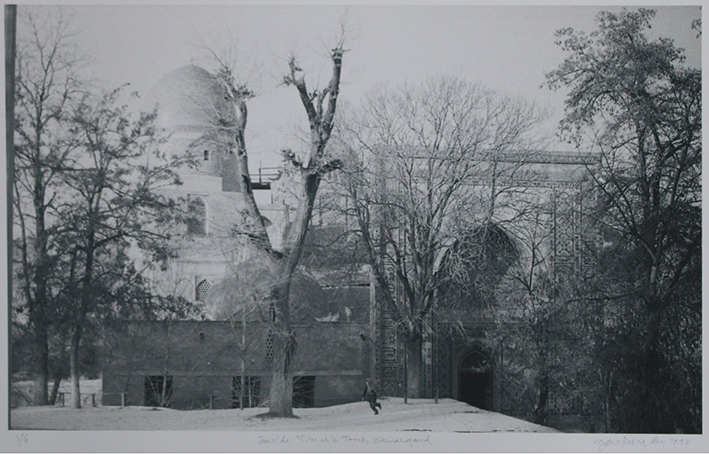 |
|
|
|
Registan Monuments,
Samarqand,
1974,
Archival print on Hahnemuhle
photo rag, 10.5 x 17 inches,
edition 1/6, printed in 2022 |
|
Environs of Shah Zindeh, Samarqand,
1974,
Archival print on Hahnemuhle
photo rag, 9.8 x 15.5 inches,
edition 1/6, printed in 2022 |
|
A Half-ruined Monument,
Samarqand, 1974,
Archival print
on Hahnemuhle
photo rag,
16.5 x 10 inches,
edition 1/6,
printed in 2022 |
|
Beside Timur's Tomb, Samarqand,
1974,
Archival print on Hahnemuhle
photo rag, 10 x 16.5 inches,
edition 1/6, printed in 2022 |
|
|
|
|
|
|
|
|
|
|
|
|
|
|
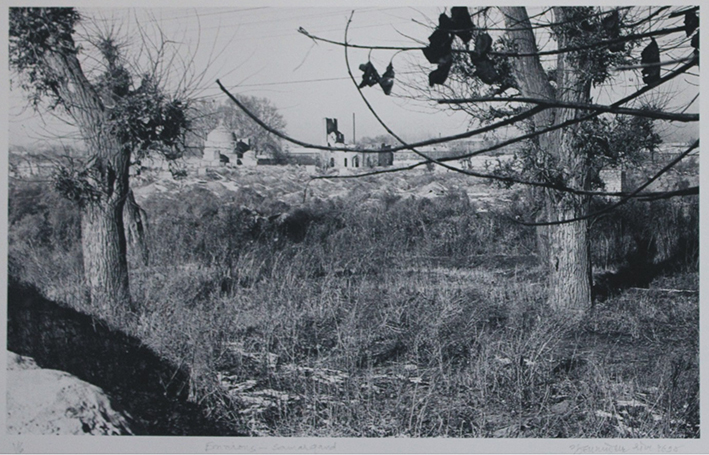 |
|
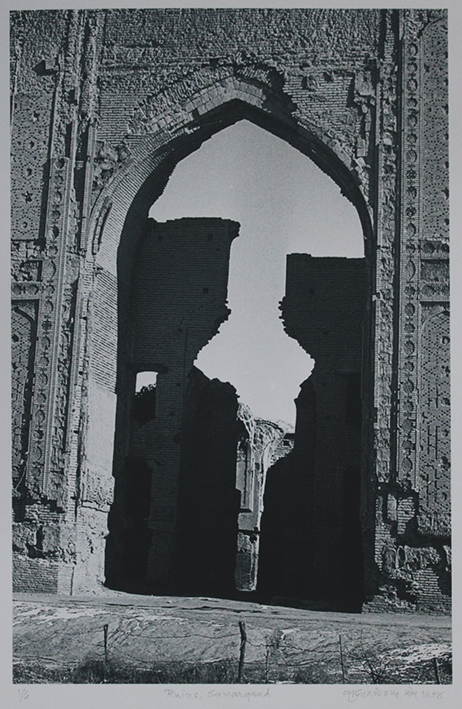 |
|
|
|
|
|
|
|
Environs- Samarqand,
1974,
Archival print on Hahnemuhle
photo rag,
9.5 x 15.5 inches,
edition 1/6, printed in 2022 |
|
Ruins, Samarqand,
1974,
Archival
print on Hahnemuhle
photo rag,
15 x 10 inches,
edition 1/6, printed in 2022 |
|
|
|
|
|
|
|
|
|
|
|
|
|
|
|
|
|
|
|
Ram Rahman |
|
|
|
|
|
|
|
|
|
|
|
|
|
|
|
|
|
|
|
|
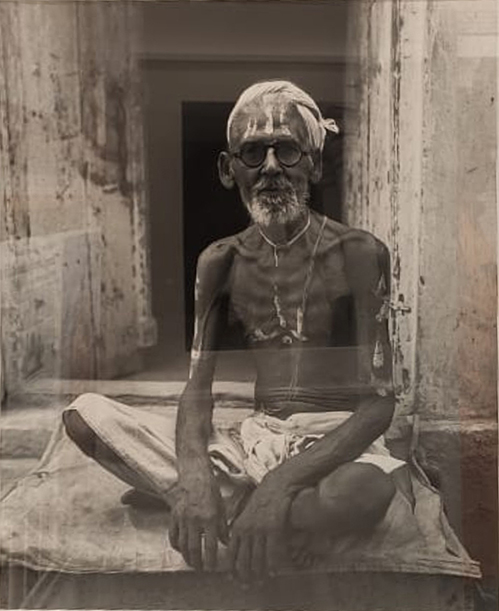 |
|
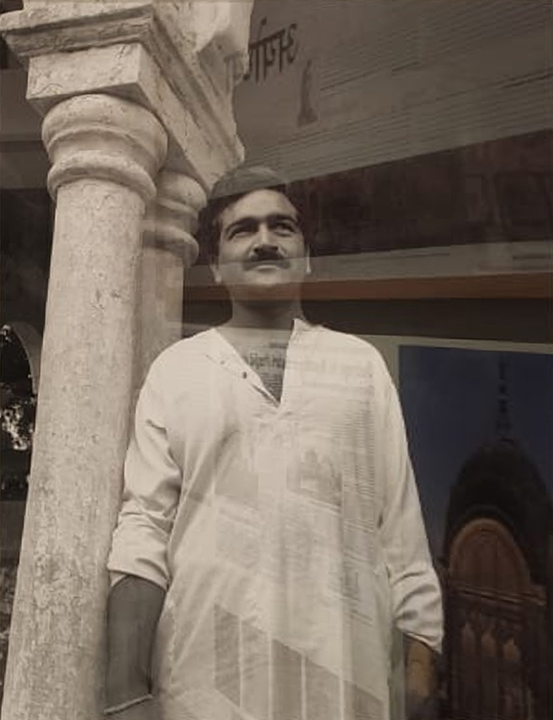 |
|
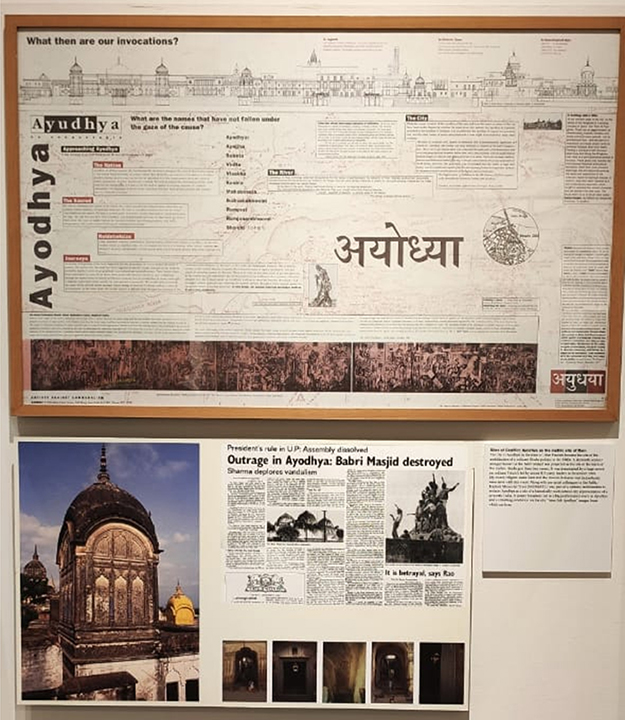 |
|
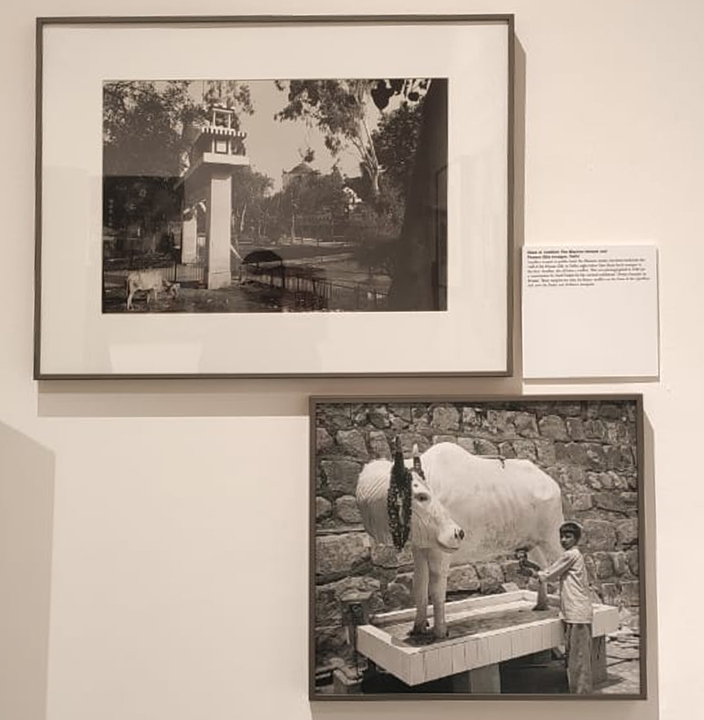 |
|
|
|
Ayodhya Ghat, 1993,
Silver gelatin selenium toned printed on Kodak paper, 20 x 16 inches
edition 3/25 |
|
Shashikar Upadhyaya, Ayodhya, 1993,
Silver gelatin selenium toned printed on Ilford paper, 20 x 16
inches
edition 1/25 |
|
Sites of Conflicts |
|
Sites of Conflicts |
|
|
|
|
|
|
|
|
|
|
|
|
|
|
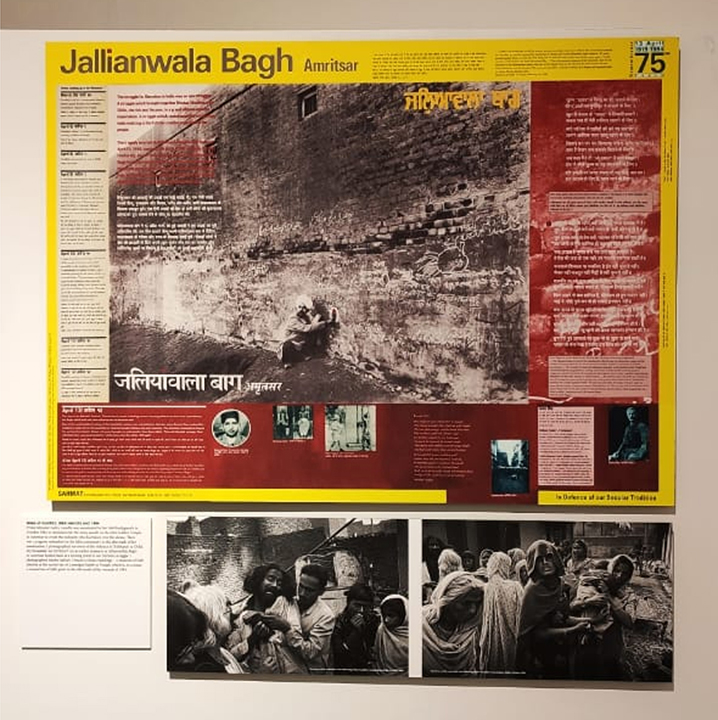 |
|
 |
|
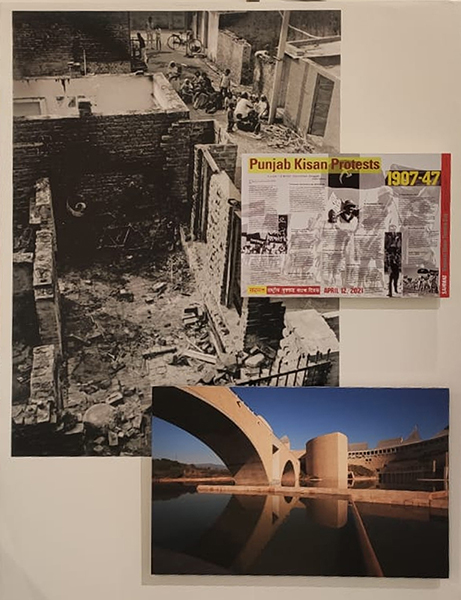 |
|
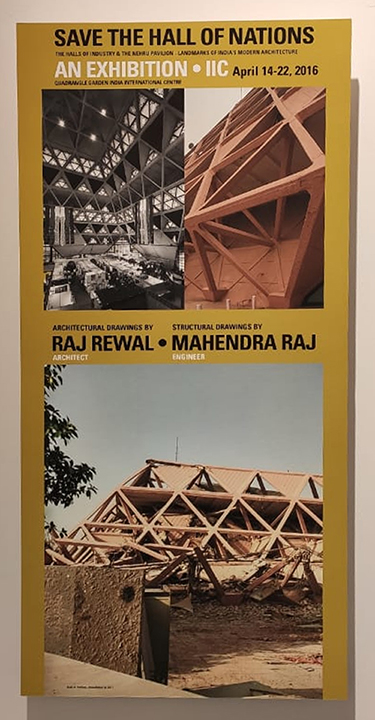 |
|
|
|
Sites of Conflicts |
|
Sites of Conflicts |
|
Sites of Conflicts |
|
Sites of Conflicts |
|
|
|
|
|
|
|
|
|
|
|
|
|
|
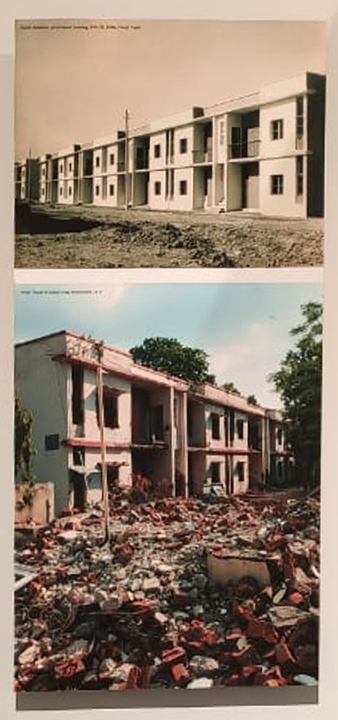 |
|
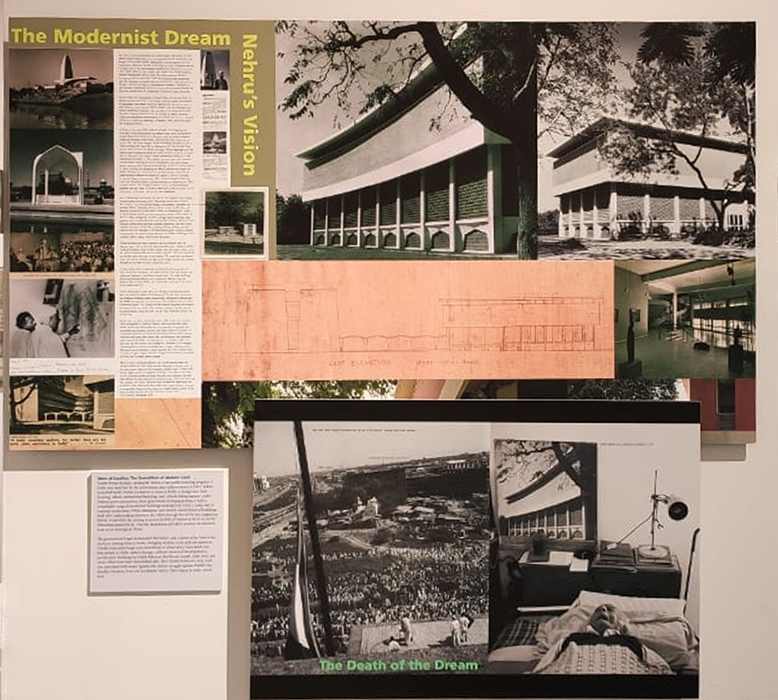 |
|
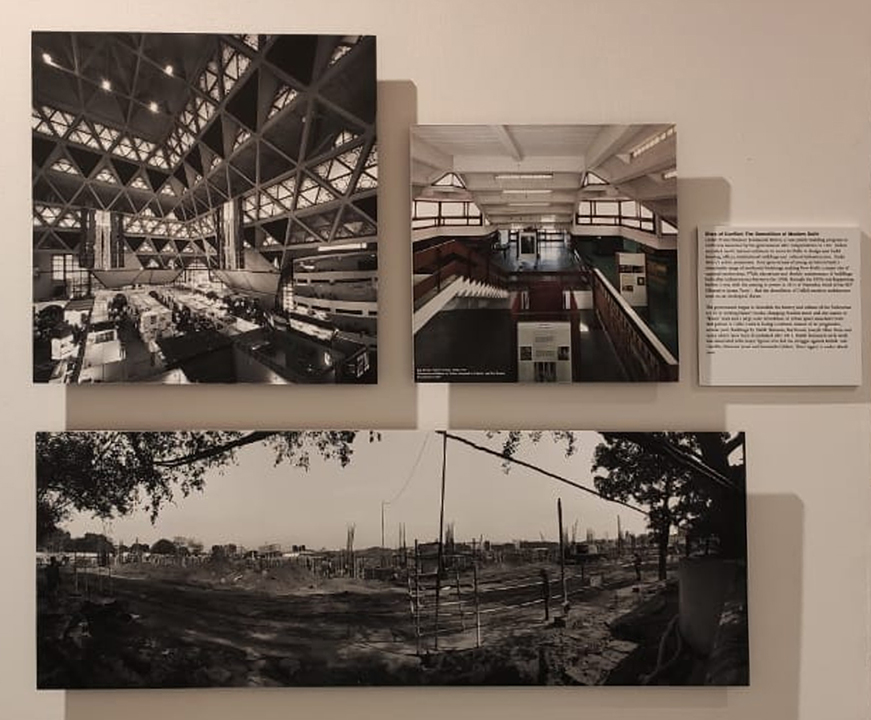 |
|
 |
|
|
|
Sites of Conflicts |
|
Sites of Conflicts |
|
Sites of Conflicts |
|
Sites of Conflicts |
|
|
|
|
|
|
|
|
|
|
|
|
|
|
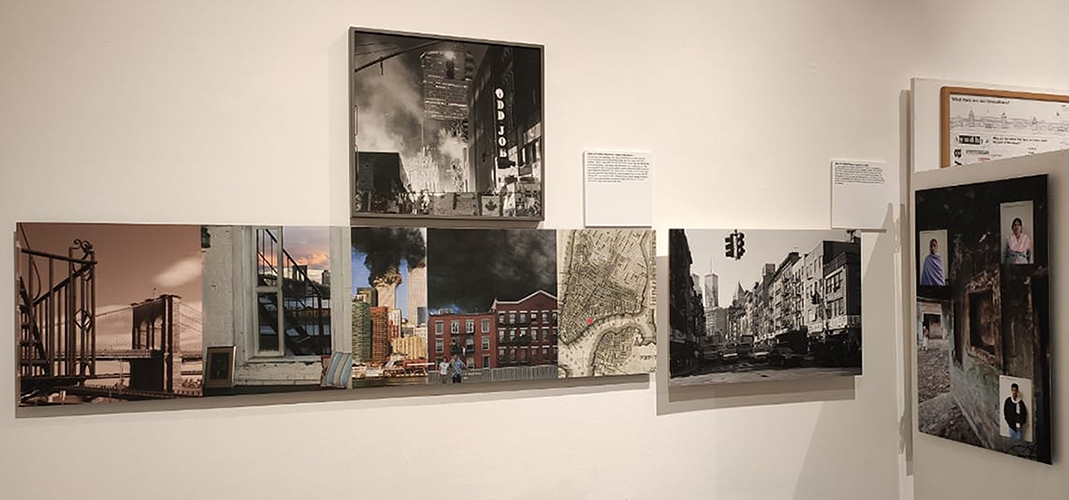 |
|
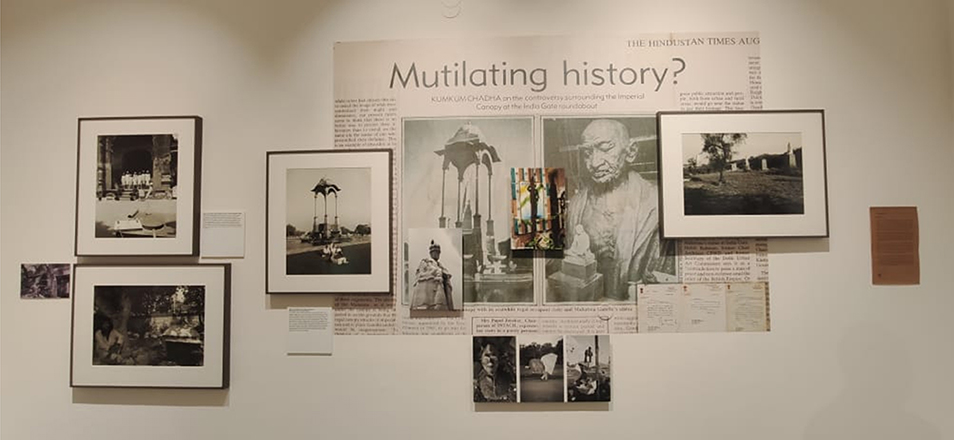 |
|
|
|
Sites of Conflicts |
|
|
|
Sites of Conflicts |
|
|
|
|
|
|
|
|
|
|
|
|
|
|
|
|
|
|
|
|
|
|
|
|
|
|
|
|
|
|
|
|
|
|
|
|
|
![]()